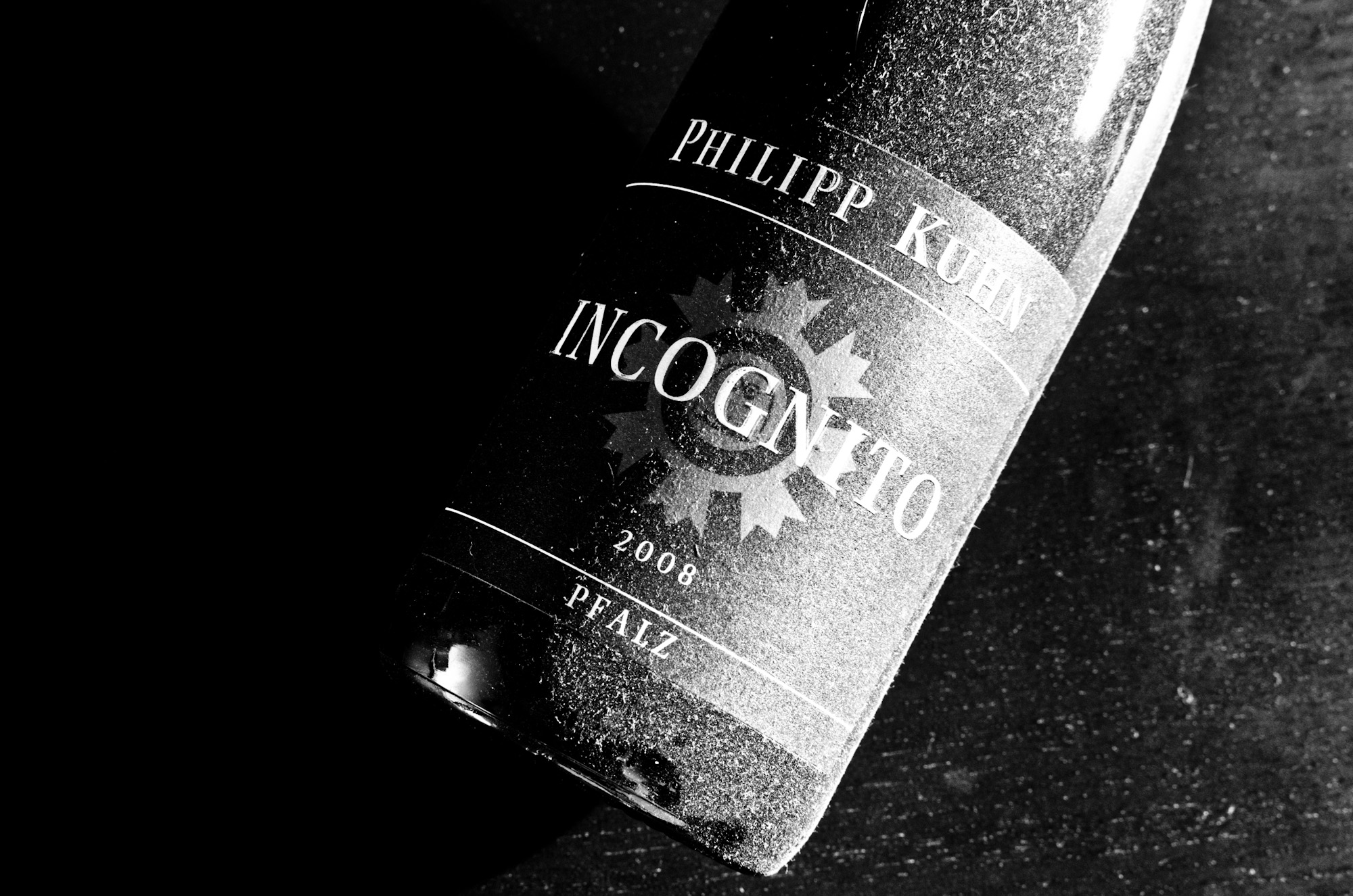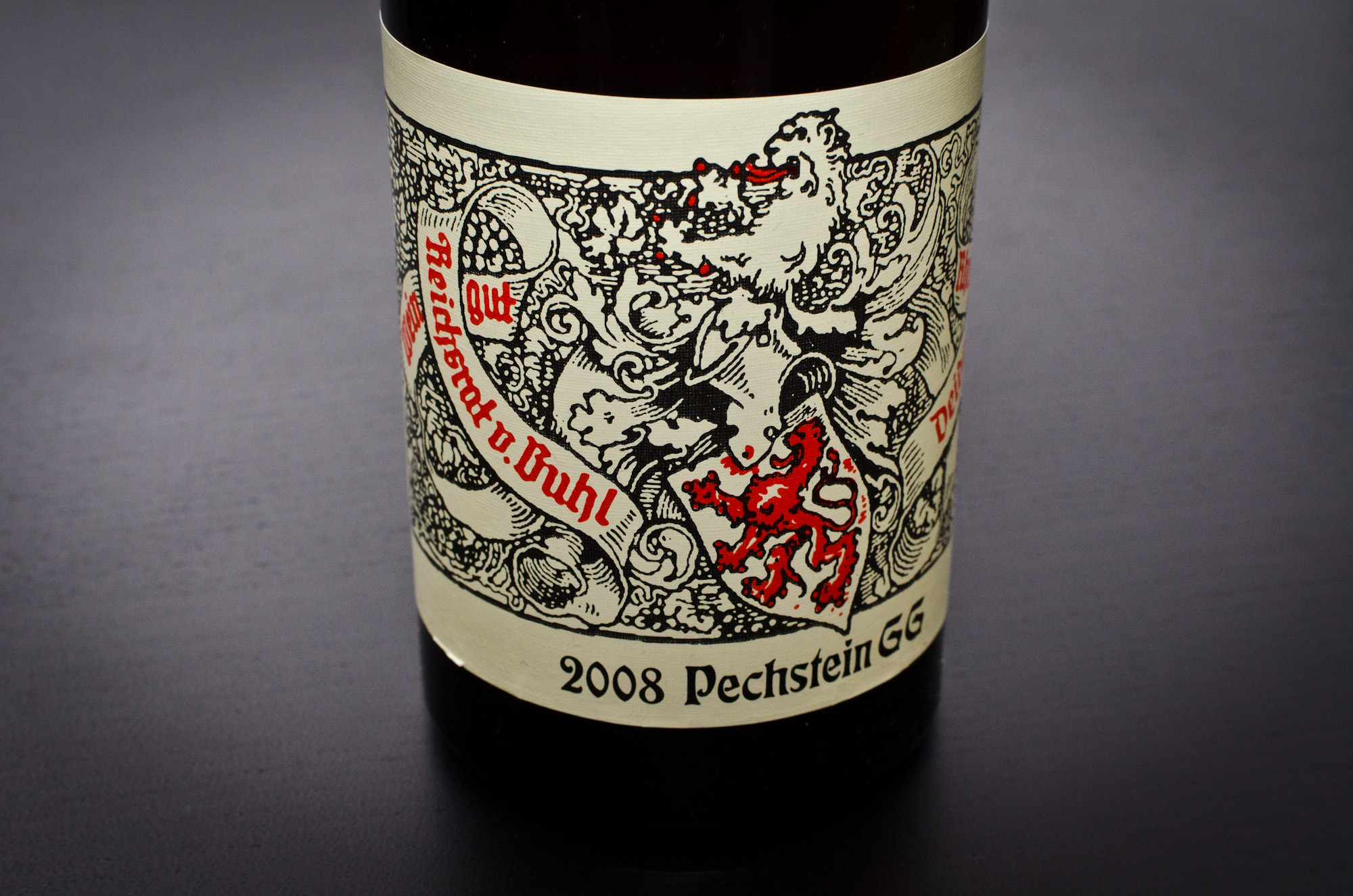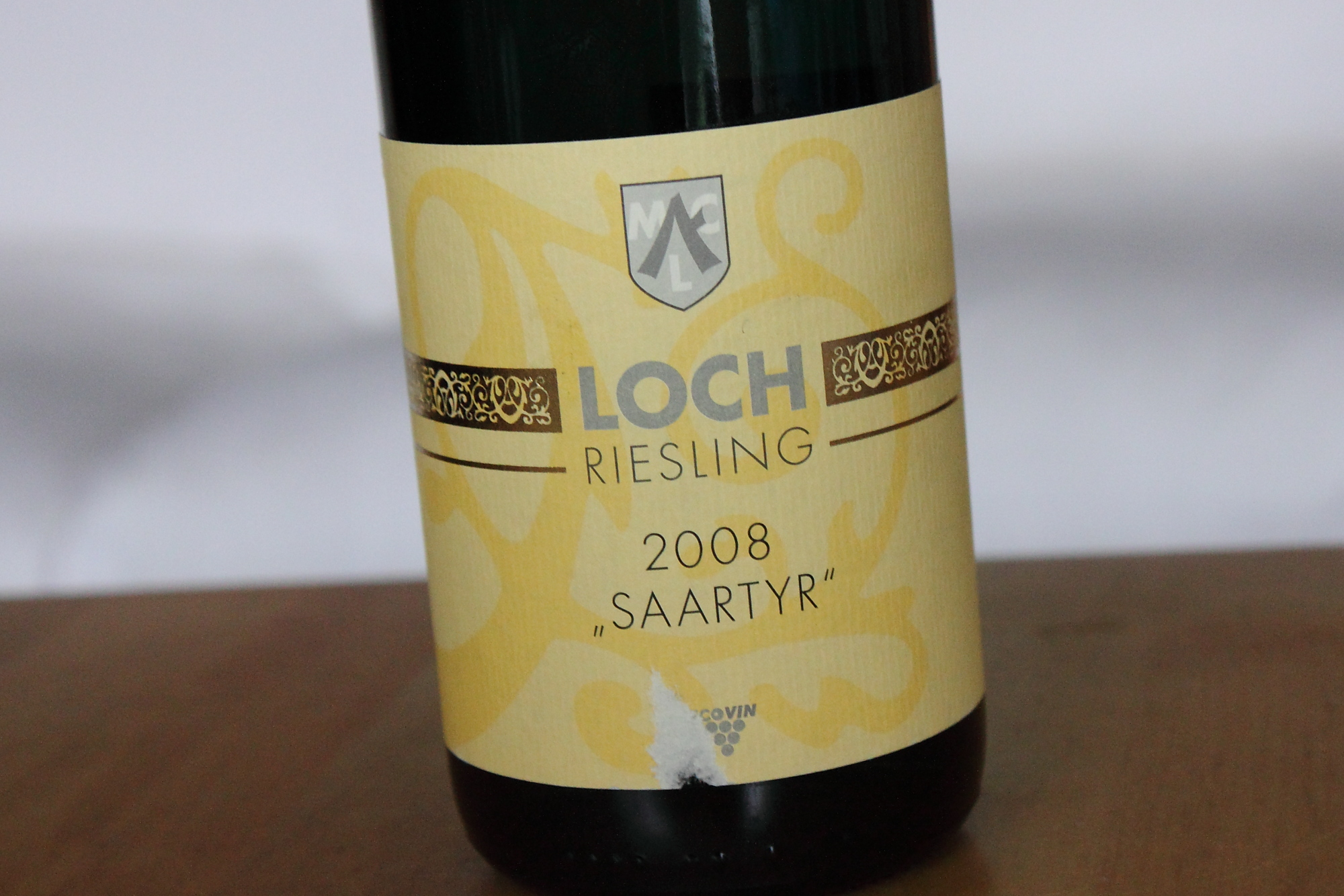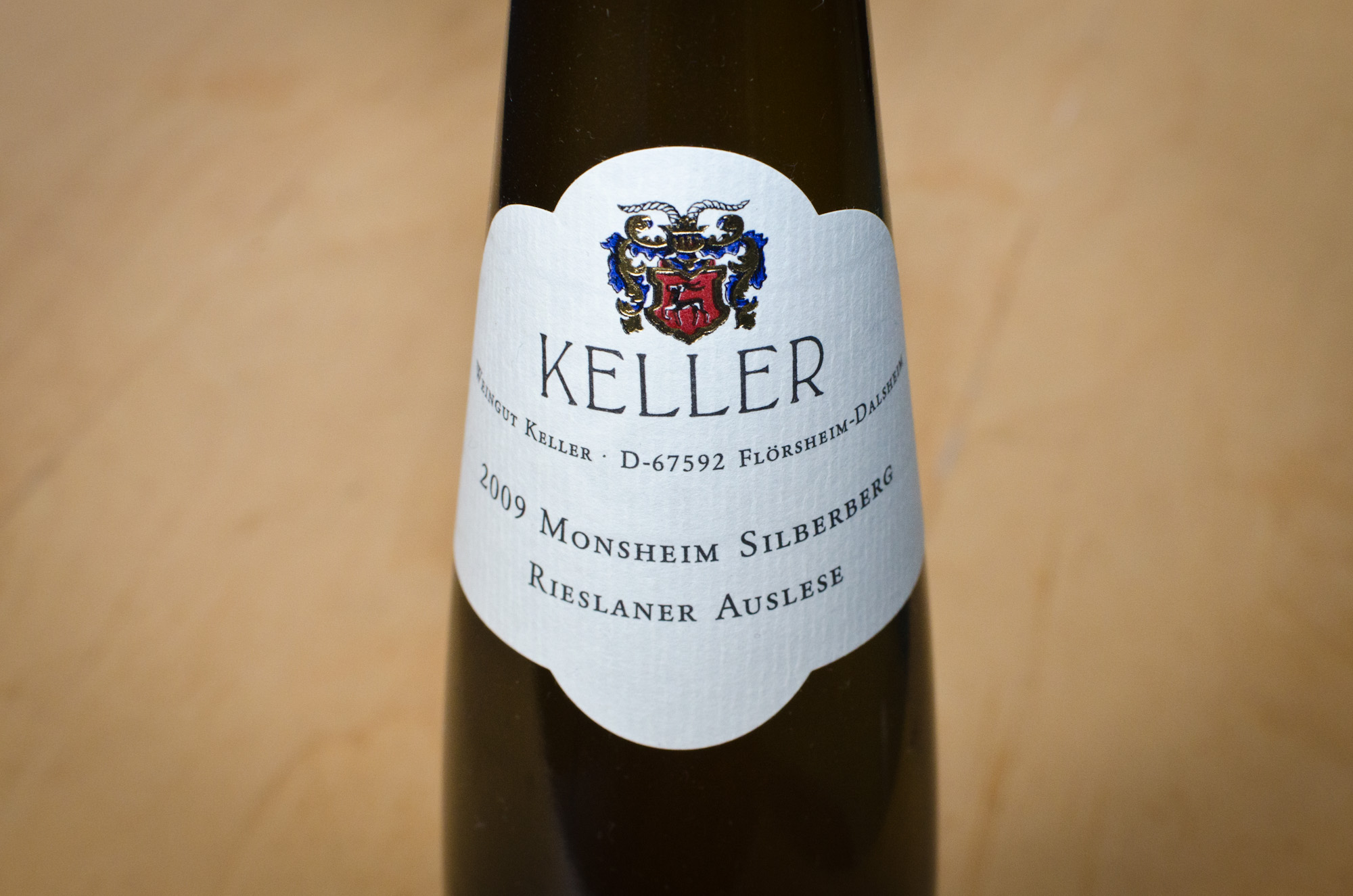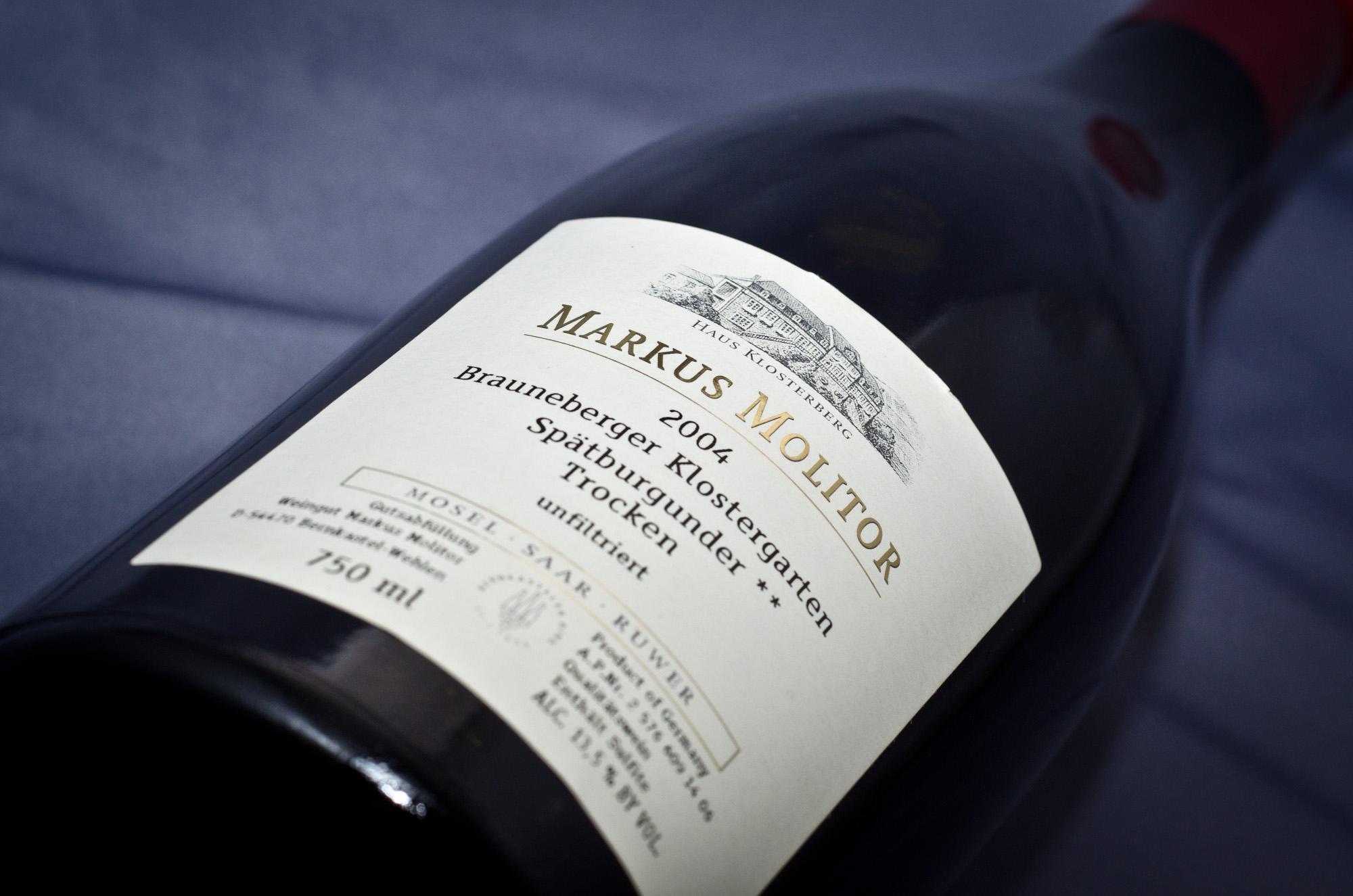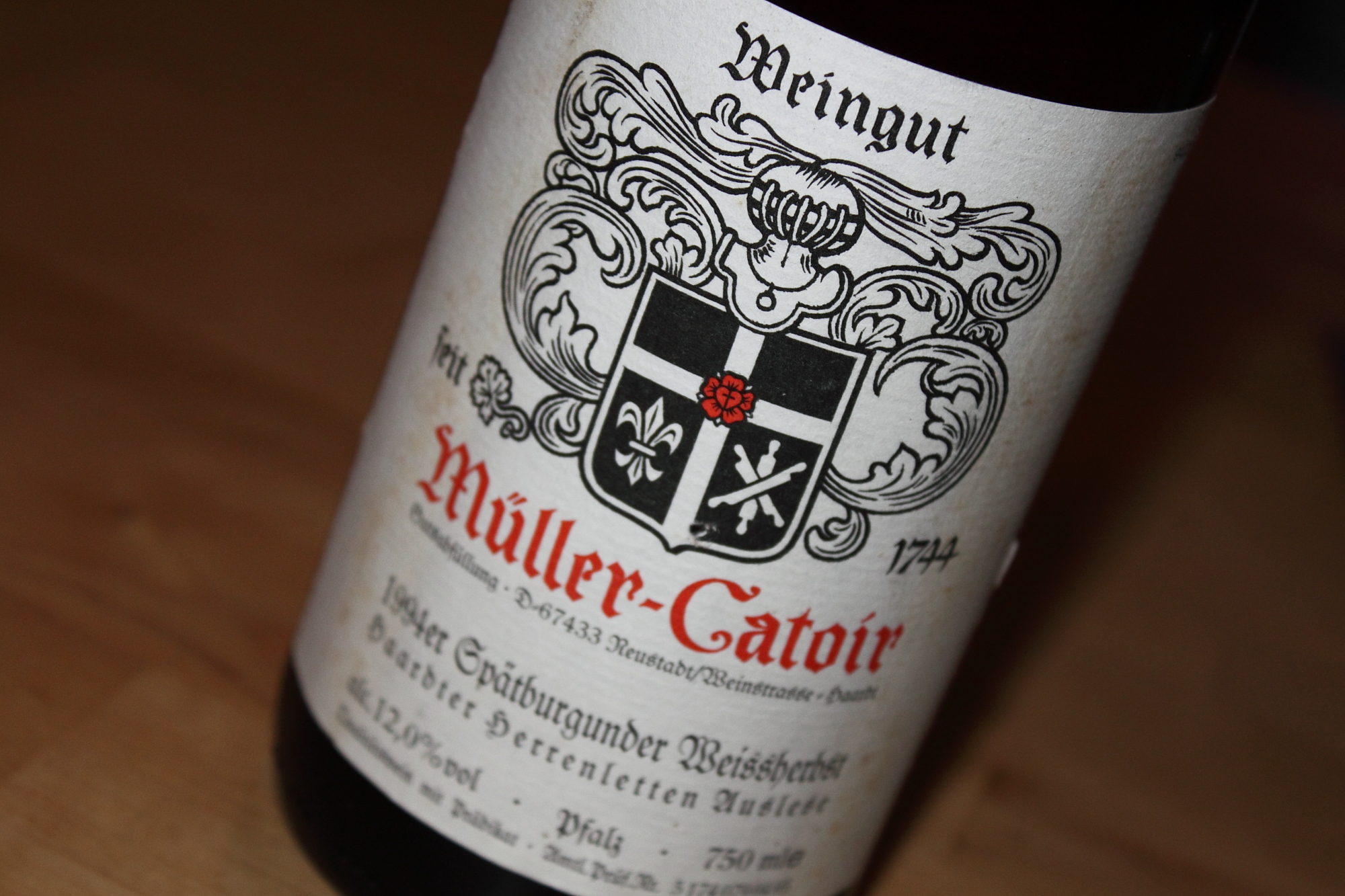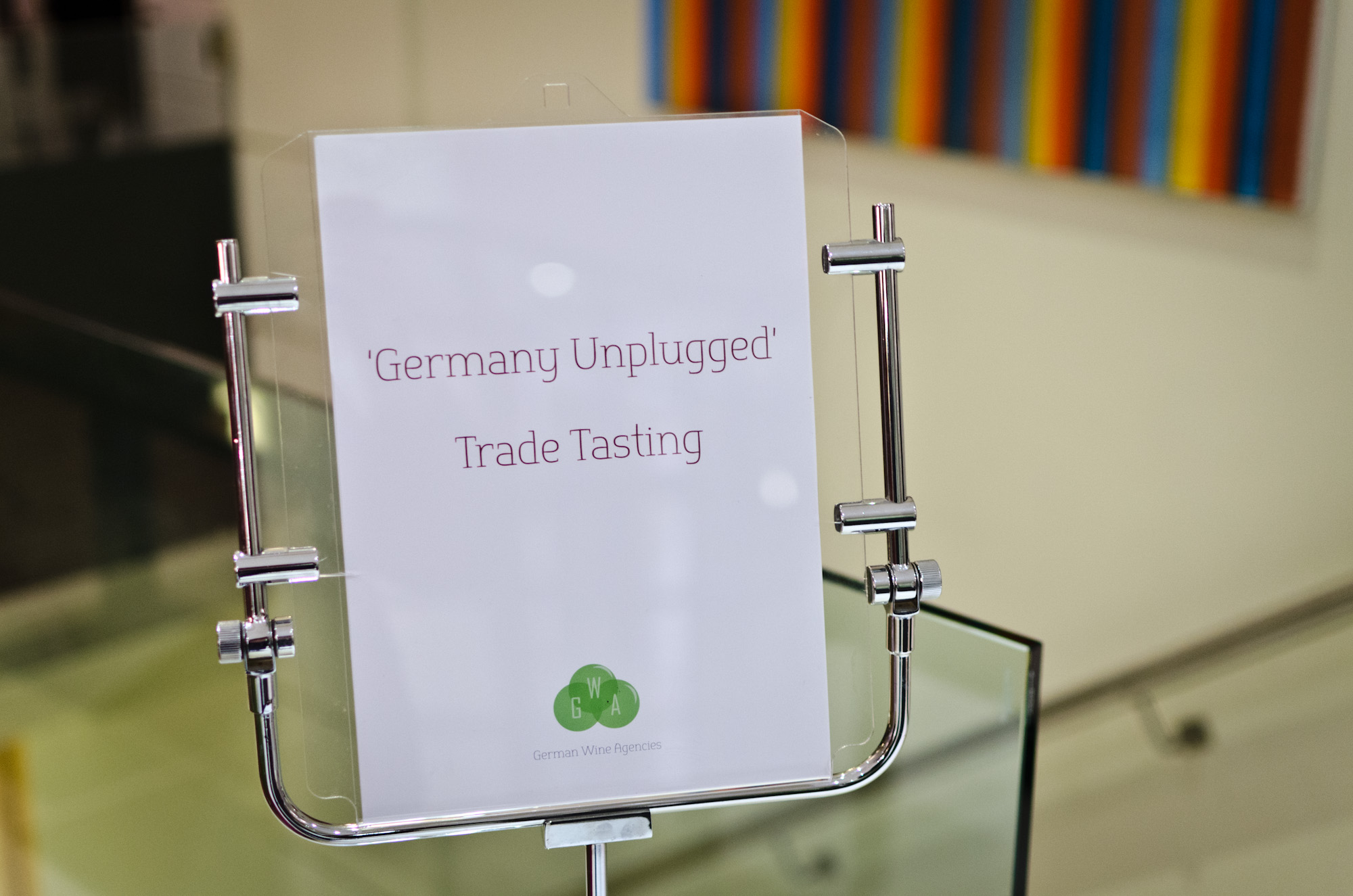Weingut Ankermühle, Riesling "Gabriel", 2010
As the wine review I posted on Good Friday revealed a lack of spiritual cohesiveness with regards to what an appropriate wine for Easter should feel like, I have decided to play it safe on Easter Monday. Rheingau winery Ankermühle have moved away from the usual German approach of confusing customers with long and unpronounceable vineyard names and instead use snappy ones like "Jungfer" (spinster), "Maria" and "Hölle" (hell) - or today's Gabriel.
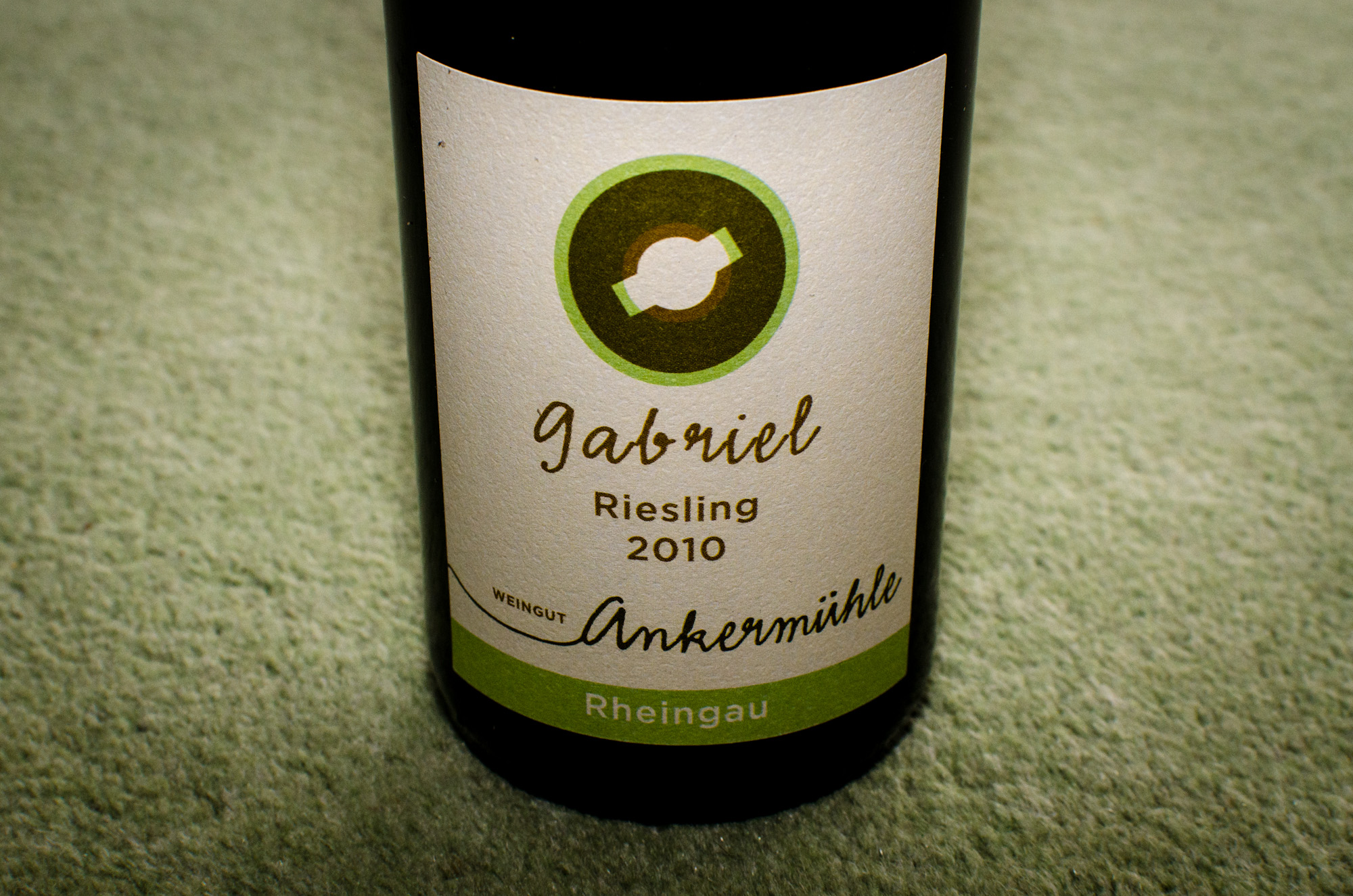
Admittedly, Gabriel's feast day is 29 September and not today, but I figured that going with a archangel would somehow be keeping in line with the easterly spirit.

